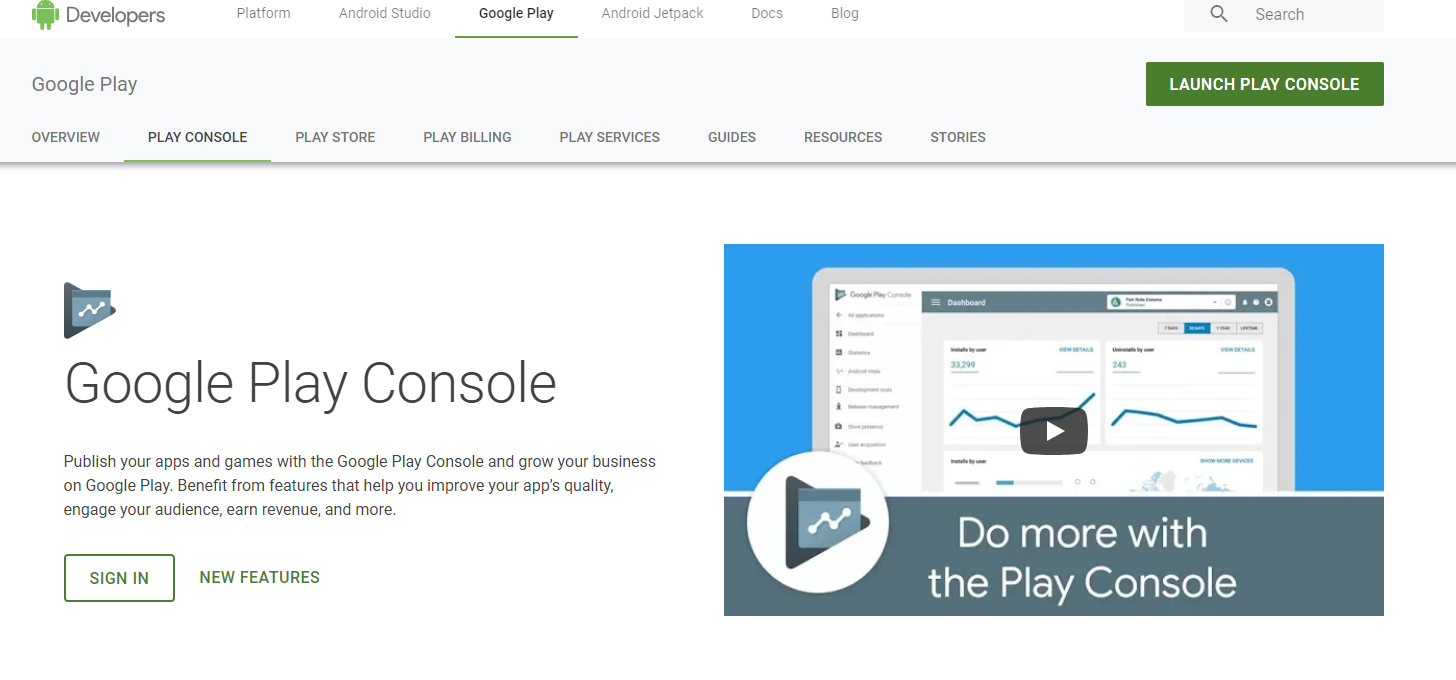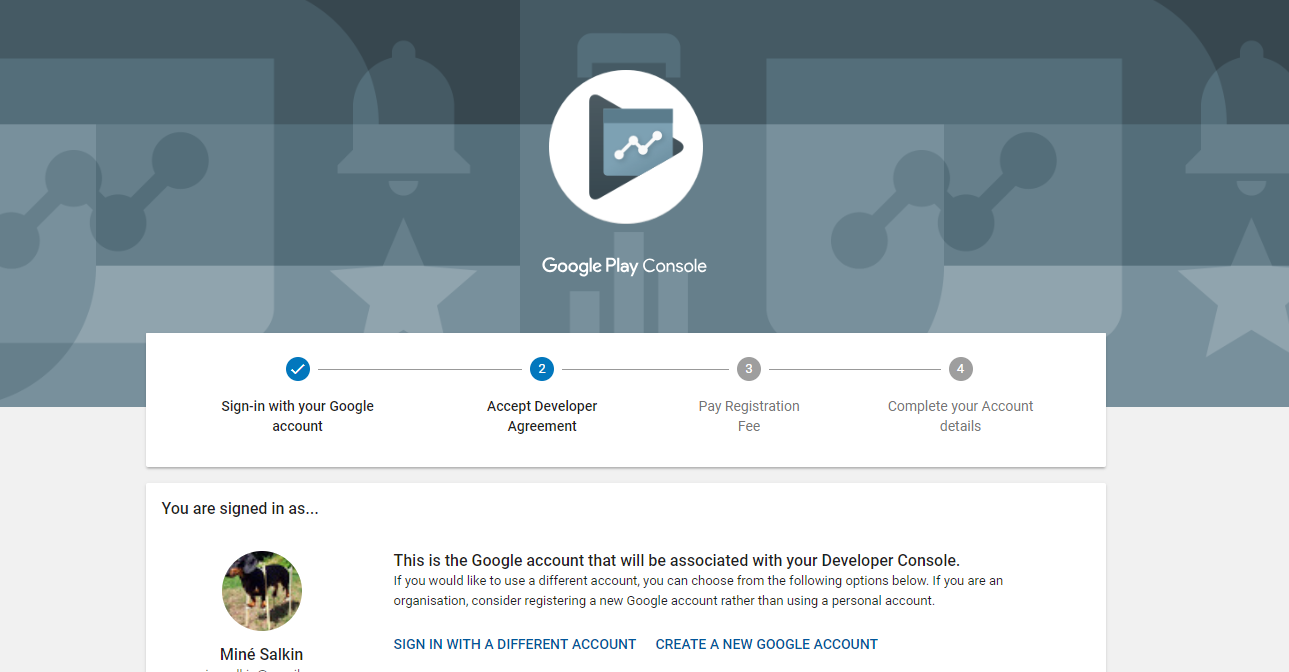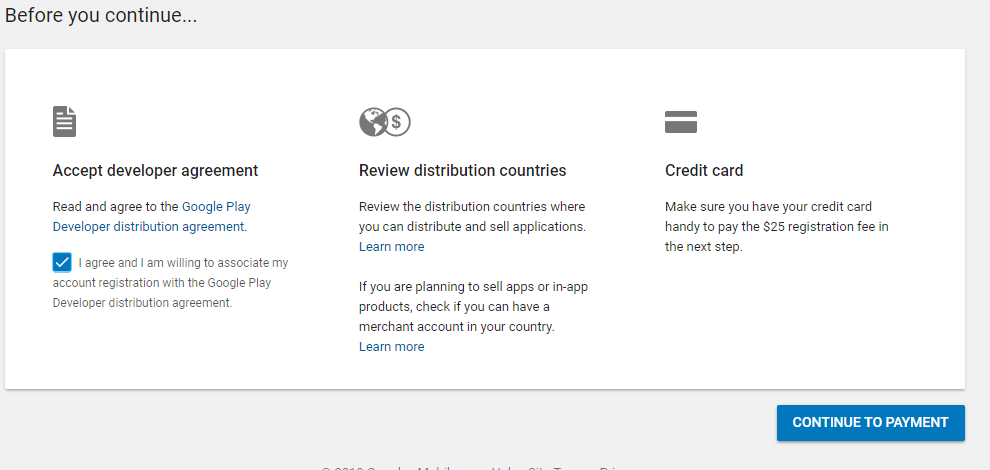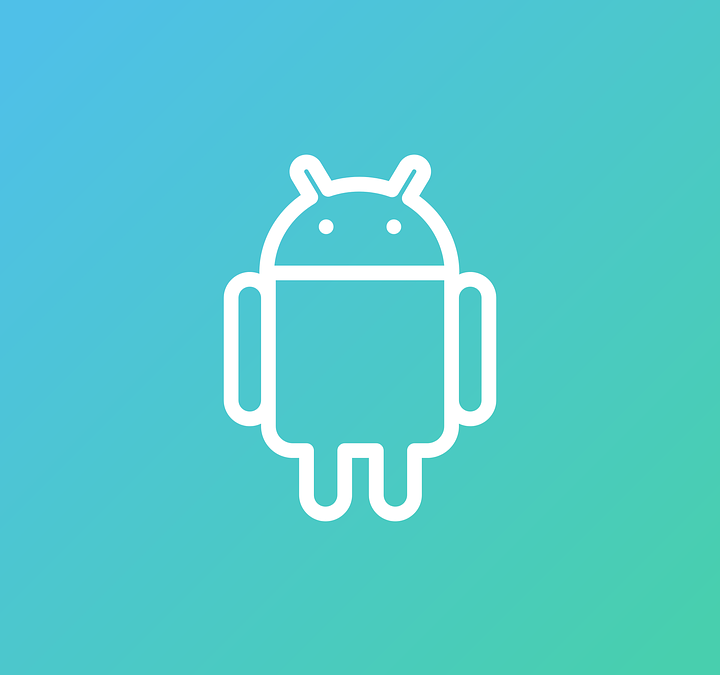
7 Steps To Make Sure Your App Isn’t Rejected by the Google Play Store
Ever since the iPhone revolutionized mobile software development more than a decade ago, many brands and companies have, in some form or another, leveraged mobile apps in order to expand their reach, services, and brand awareness.
Since 2010, Powered Labs has been building custom mobile apps for Android, iOS, Windows, and every other platform in between. As expert mobile app developers, we’ve created a foolproof checklist on how to publish an app in the Google Play Store and minimize the risk of your app being rejected.

“Build it… and they will come”
This was one of the mantras for the early adopters of mobile apps, and it posited the idea that if an app was published in front of an audience in the app store, it would immediately become insanely popular and would guarantee your company’s ROI. Now with more than 2 million apps in multiple app ecosystems, being unique, valuable, and adhering to best practices in user interface design are integrally important in achieving success in publishing your app.
One of the biggest frustrations that can happen after you’ve put in the long time and effort of building an app is the pain of learning that your app’s been rejected. The long hours, the sleepless nights, the weeks or months of your life that you’ve put into this – not to mention the financial cost or investors you have backing this venture – there’s a lot of pressure riding on the moment your application goes live. For many individuals, companies, and organizations, it’s totally unacceptable for something like this to go so disastrously wrong.
Wait, why is my app rejected in the Google Play Store?
Google Play: “It’s not me, it’s you.”
In order to understand the best practices for submitting an Android app into the Google Play Store, it’s a good idea to understand the reasons why apps are rejected in the first place. Prior to building your app, be sure to familiarize yourself with the Developer Policy Center, which provides an overview of Google Play’s policies including restricted content, privacy and security, intellectual property, monetization and more.
The biggest reason why apps get rejected is that they don’t hold up to the stringent quality standards set forth by Google. What I mean by this, is that they have some type of technical issue that makes them unusable, frustrating for the end user, or otherwise non-valuable in the app marketplace. This could be due to a multitude of reasons spanning from broken links, crashes and bugs, low quality User Interface design, copyright infringement, and more. It is therefore vital to consult or work with an experience application developer who can guide you through the process from ideation to submission to ensure that your app doesn’t infringe any of the thousand nuances set forth by Google.

My app is golden. I’m ready to submit it. How do I do that?
As aforementioned, there are rules and procedures that need to be followed with impeccable detail in order to be accepted by Google Play. We’ve broken them down into a 7-step checklist. They are as follows:
1. Create a Developer Account using a Google Account. There is a small registration fee of $25. Fill out the form with all requested information and accept the developer agreement. It can take up to 48 hours for your registration to fully process.

Note: If you plan to sell your app or provide in-app purchases, you will need a merchant account. This will allow you to create a payment center where you manage all monthly sales.

2 The next step is to create the app. Go to the section, “All Applications” and click “Create Application”. From there you set your default language and then choose a title for your app. After these items are completed, finish filling out the details of your app listing.
3 From here, you will need to create an app release. Select your app, then on the left-hand side of the menu, click “Release management” then choose “App releases”. There are four options here which are an internal test, closed test, open test and production release. These allow you to test your app to various users before you make your app live to the public.
4 Now is the time to upload the Android Package Kit (APK). Follow the instructions on the screen from here and click save.
5 Select the content rating and price. If you are unsure about what your content rating classification would be, be sure to refer to the questionnaire located at the store in the left menu called “Content rating”.
You will now need to set up the pricing and distribution. Setting up the price for your app is important because if it is set to free, you cannot change it to paid later. If you decide to change it in the future, you’ll have to repeat this process again and specify the free vs. the premium version in the app store. The distribution should also be determined at this time.
6 Double check that you have a green checkmark on all the steps before finalizing and rolling your app out. You should also perform a review to see if there are any issues or items missed before the final roll out. If you encounter any issues at this time, consult with your developer or application development team to ensure all bugs are stomped on and glitches smoothed out.
7 Once you are all set, click “Confirm rollout”. Now you have a live app, congratulations! Feel the glorious warmth of accomplishment bubbling up in your chest as you download it to your mobile device and demonstrate it to your friends and family at dinner parties and other events. Building an app isn’t easy, nor should it be taken lightly.

What next?
Now that your app has been released into the wild, you will need to promote it and maintain it. Application maintenance is a long-term investment that safeguards your app, your users, and maximizes the business advantages. Whether your app was designed for marketing your brand, for internal use, or for another purpose, you’ll need a strategy to ensure that it’s reaching your target audience and that they are using it/ responding to it.
If you have any questions about maintaining your app, please contact us today. Our goal is to make your app useful and profitable in the long-term. We are experts when it comes to app and would be happy to answer any question you may have about an app.
If your company needs guidance with mobile application development, feel free to drop us a line at sales@www.poweredlabs.com

